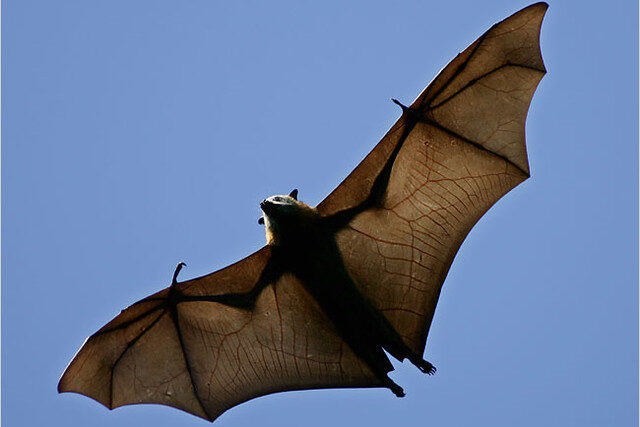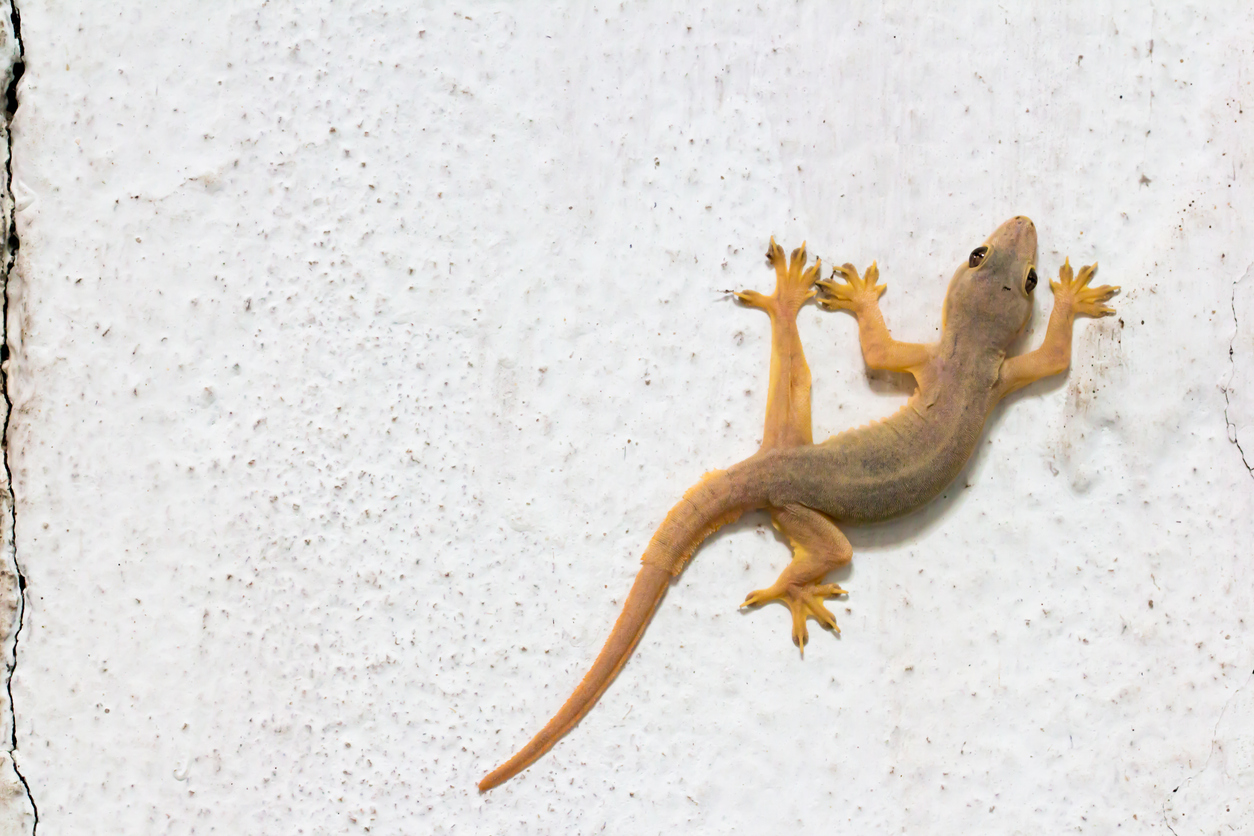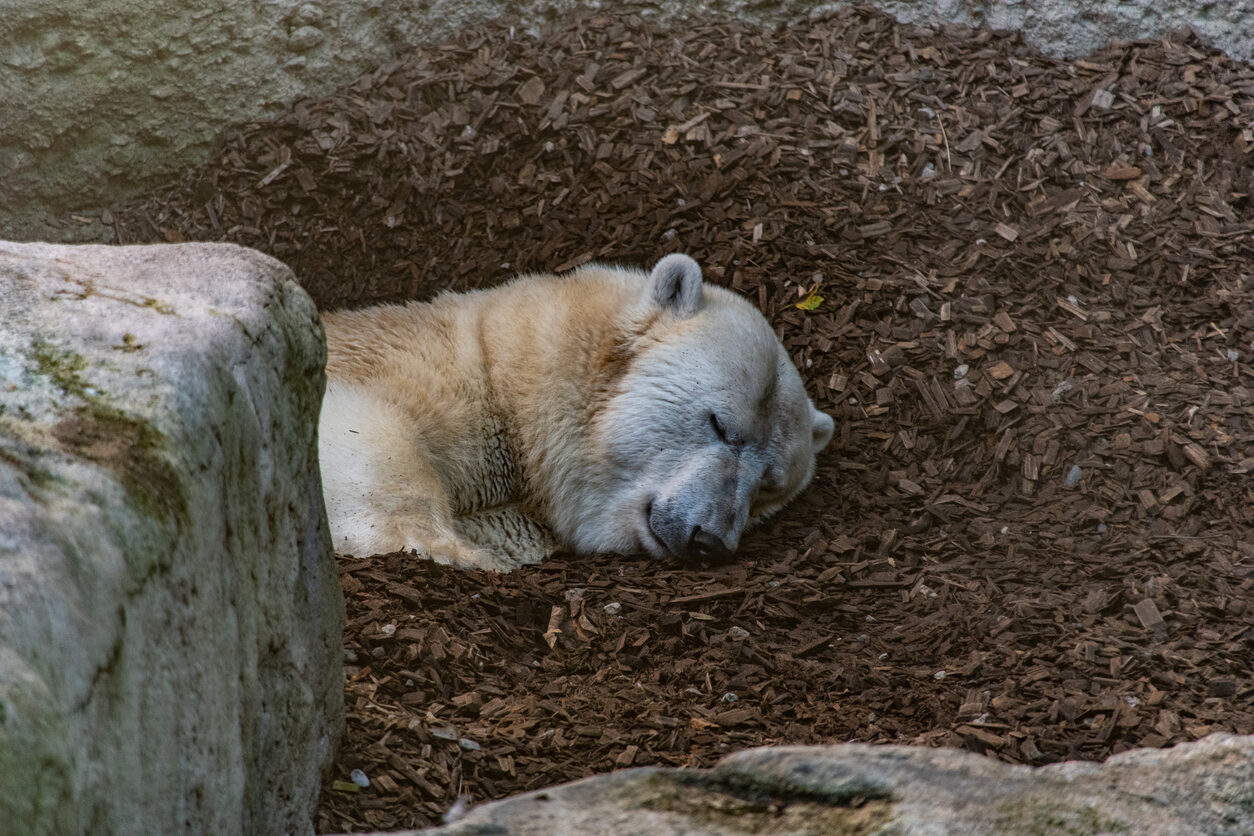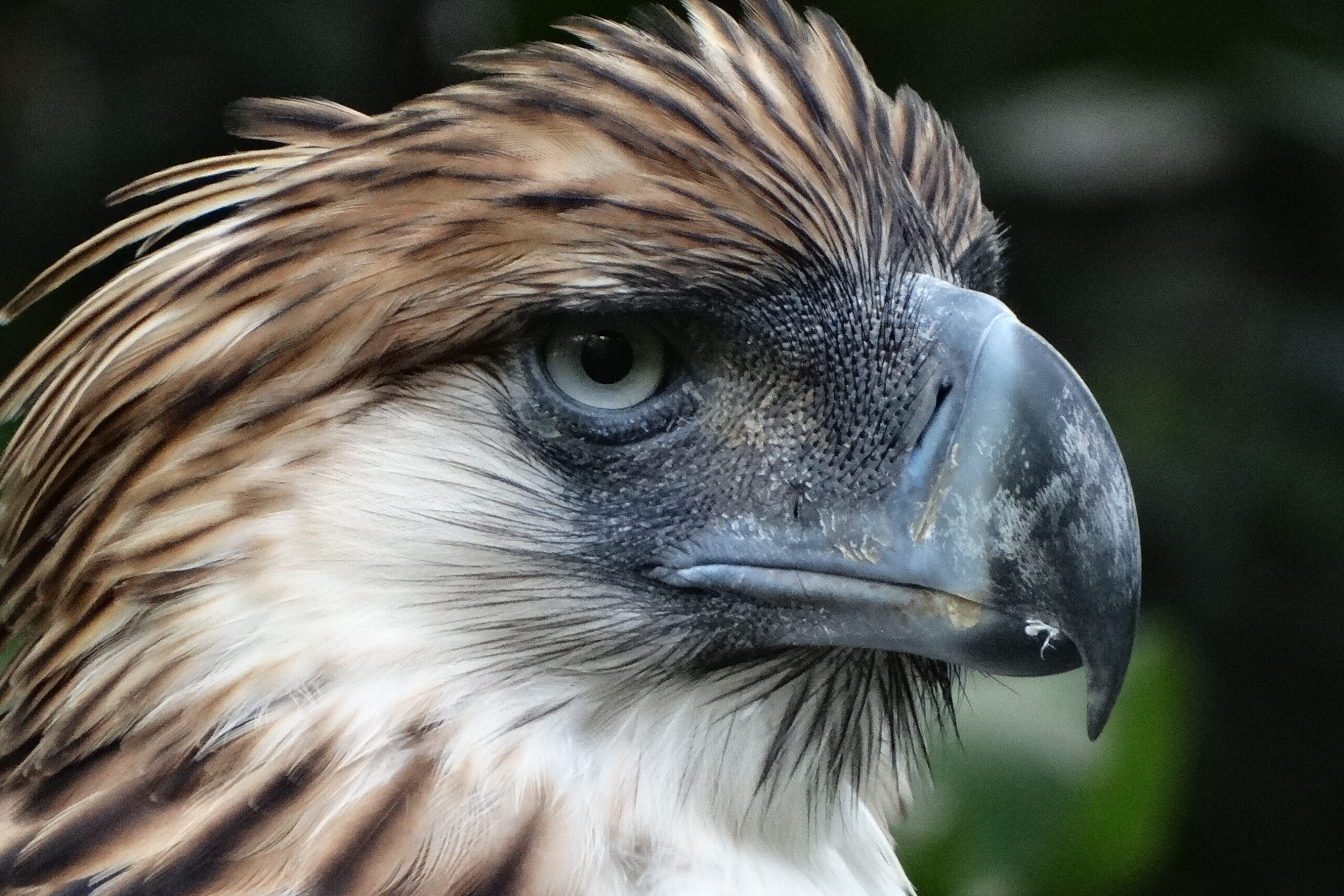Trying to Fly Like Birds

Long before planes were a thing, humans obsessed over flying like birds. They studied wings, built contraptions with feathers, and jumped off cliffs hoping to soar. What they got instead? Broken bones, humiliation, and a very quick lesson in gravity. Leonardo da Vinci’s sketches of bird-like wings inspired many, but most attempts ignored the complex physics behind flight—lift, weight, thrust, and drag aren’t just buzzwords; they’re survival. Our muscles aren’t strong enough, and our bone structure isn’t built to hold massive wingspans. Experts say even with the right technology, replicating the nuanced body control of birds in flight is nearly impossible. Those early dreamers, brave as they were, learned the hard way that nature makes it look easy for a reason.
Echolocation Like Bats

Bats have the wildest superpower—echolocation. They scream into the void and hear the world bounce back in echoes. Naturally, some humans wanted in. The result? A growing movement of people trying “human echolocation,” clicking with their tongues to navigate spaces blindfolded. Some actually got surprisingly good at it. But the truth? It’s nowhere near what bats can do. Bats process up to 200 echoes per second with ultra-high-frequency calls. Humans? We make clicking sounds and struggle with depth perception beyond a few feet. While neuroscientists agree that the brain can adapt to sound cues, we’re still leagues away from natural echolocation. Our ears, brain processing speed, and vocal frequencies just can’t keep up. It’s a reminder that trying to “be the bat” is a cool party trick—but not a life skill that’ll keep you from walking into a pole.
Climbing Like Geckos

Geckos defy gravity—running up walls, hanging from ceilings, and never slipping. So of course, humans tried to copy them. Scientists studied the microscopic hairs on gecko feet, which grip surfaces using van der Waals forces. The science? Brilliant. The execution? Not so much. Engineers developed gloves and pads that mimic this adhesion, but the catch is they often don’t work on all surfaces or lose stickiness fast. And don’t even think about trying to hang upside-down with a person’s full weight. One of the most famous attempts by a military project promised “spiderman-like climbing gear.” Spoiler: it failed field tests. While the concept holds potential, it turns out replicating millions of tiny hair-like structures that self-clean and renew instantly is incredibly difficult. In the real world, these devices either fall off or can’t handle sweat, dust, or moisture. Evolution wins again.
Running Like Cheetahs

Cheetahs are the definition of speed—blazing across savannahs with sleek, muscular grace. Inspired by them, some humans have tried to match that speed with robotic exoskeletons, spring-loaded shoes, or biomechanical suits. The goal? Run faster, longer, harder. But what happened instead is a reminder that speed comes with a cost. Most of these devices ended in injury, imbalance, or sheer disappointment. Cheetahs have a flexible spine, semi-retractable claws, and unique muscle fibers optimized for explosive bursts. Humans? We get shin splints. Despite some advances in sports tech, we’re nowhere near touching the cheetah’s 70-mph mark. And those attempts to build “cheetah-inspired” robots? They either fall flat or burn through battery life in seconds. Turns out, speed is more than just sleek design—it’s biology in motion. And no, springy shoes won’t change that.
Breathing Underwater Like Fish

It’s one of humanity’s most haunting dreams—breathing underwater. Fish do it effortlessly. So why can’t we? From DIY “gill” devices to ambitious oxygen-extraction tech, humans have tried to live like aquatic beings. And every time, reality slapped back hard. Our lungs are built for air, not water. One popular gadget claimed to “extract oxygen from water” using micro-membranes, but it couldn’t produce enough O2 to keep someone alive. Divers learned the hard way that hypoxia is no joke. Even military-grade rebreathers have limits—oxygen toxicity, carbon dioxide buildup, and malfunction risks. The truth is, until we rewrite our anatomy, breathing underwater isn’t happening. We’re land creatures, and nature designed us that way. As much as we envy the fish, trying to take their place almost always ends in a near-drowning or a broken promise of underwater freedom.
Swimming Like Dolphins

Dolphins glide through the water with grace, their bodies built for speed and efficiency. Humans? Not so much. Despite the dream of moving through the ocean like these aquatic mammals, attempts to replicate their movement have been anything but fluid. Swimmers and tech enthusiasts alike have tried creating dolphin-like suits or streamlined swimming techniques, but the results are laughable at best. The human body is not designed for continuous, effortless gliding. Our legs and arms are meant for walking and lifting—not dolphin kicks and rapid underwater propulsion. Even with the aid of advanced wetsuits or fins, we still can’t replicate the effortless speed and coordination dolphins have developed over millions of years. Swimming like a dolphin is a beautiful thought, but once you hit the water, reality sinks in.
Hibernating Like Bears

Imagine being able to sleep through an entire winter, waking up rested, refreshed, and with no worries about seasonal depression or cold weather. Sounds amazing, right? Inspired by the bear’s ability to hibernate, some humans have tried to recreate this deep sleep during colder months. However, trying to replicate this extreme behavior has led to some serious health risks. Humans can’t simply shut down their bodies for months at a time without repercussions. The metabolic changes that allow bears to hibernate involve a complex physiological process we don’t have the ability to control. Attempting to mimic this in an effort to escape stress or fatigue is not only unwise but dangerous. Our bodies rely on a regular cycle of sleep and activity for health, and trying to freeze ourselves in time can lead to serious mental and physical health consequences. Bears have their hibernation, and we should stick to power naps instead.
Growing Fur Like Mammals

For centuries, humans have admired the warmth and texture of fur, and some have even tried to “grow” it like animals. In one particularly bizarre chapter of history, individuals tried to stimulate their hair follicles with various chemicals or implants to mimic the coats of mammals. The results? Awkward, uncomfortable, and often unsafe. Our bodies aren’t designed to grow thick fur coats, and no amount of technological advancements can change that. The thick fur of mammals like wolves or rabbits is crucial for insulation and protection against harsh environments, but for humans, it’s simply unnecessary and, in some cases, harmful. Attempts to artificially induce fur growth have led to infections, skin irritation, and a general sense of discomfort. It turns out, nature had it right with our hair—no fur coat needed.
Seeing Like Eagles

Eagles have some of the sharpest vision on the planet. They can spot prey from miles away, seeing details in the environment that are invisible to us. In a bid to improve their eyesight, some humans have turned to extreme measures—ranging from eye exercises to high-tech lenses in hopes of mimicking eagle-like vision. While technological advancements in optometry have certainly improved human vision, we’ll never see quite like an eagle. Their eyes are equipped with millions of light-sensitive cells, allowing them to discern minute details from incredible distances. Human eyes simply don’t have the same optical architecture. Even the most advanced lenses and surgeries can only do so much. It’s a stark reminder that no matter how advanced our technology becomes, some gifts of nature can’t be replicated.


